Who founded the SAS? David Stirling career explained, is he in SAS Rogue Heroes, how he started elite unit
This article contains affiliate links. We may earn a small commission on items purchased through this article, but that does not affect our editorial judgement.
and live on Freeview channel 276
New BBC TV series SAS Rogue Heroes hit our screens on Sunday night (30 October), with Sex Education star Connor Swindells appearing alongside Alfie Allen, Jack O’Connell and Dominic West in the military drama.
While some of the events depicted may appear too good to be true, the show’s creator Steven Knight (who is also the brains behind the Peaky Blinders franchise) has based the series on a non-fiction book about the Special Air Service written by historian Ben Macintyre.
Advertisement
Hide AdAdvertisement
Hide AdSo, how was the SAS formed - and did Swindells’s character David Stirling really create it? Here’s everything you need to know.
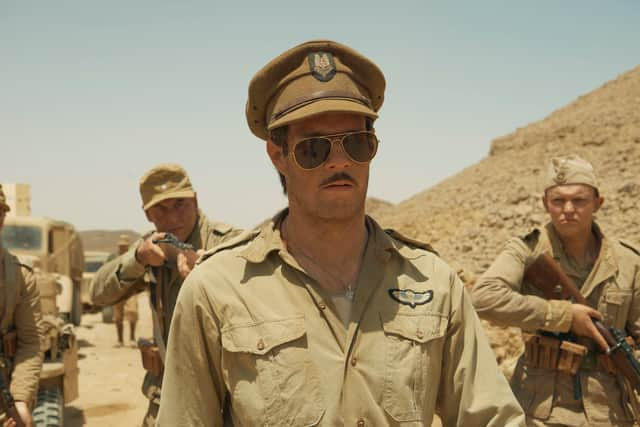

How was the SAS founded?
The SAS first came to public prominence in 1980 when they stormed the Iranian embassy in central London to end a six-day hostage crisis. However, the unit had been around for almost 40 years by this point.
Founded in the Egyptian desert in 1941 to allow the UK to conduct small, secret military operations behind enemy lines, the Special Air Service drew its men from a unit known as No 7 Commando.
It also initially operated under the title ‘L Detachment, Special Air Service Brigade’. This name was a bid to wrongfoot the enemy as a brigade was typically made up of around 5,000 men. But it was soon renamed ‘No 1 Small Scale Raiding Force’ and then split into two units to became the Special Air Service Brigade.
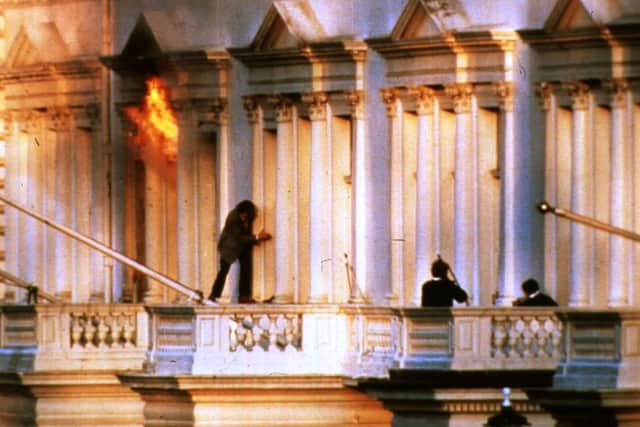

Advertisement
Hide AdAdvertisement
Hide AdDuring the North Africa World War Two campaigns, the SAS targeted airfields operated by the Nazis and Italian fascists. They also played a role in the European theatre of war, helping the D-Day landings amongst other operations. Soon after the war, however, the SAS was disbanded.
It was reformed in 1947 as the British Empire began to crumble. Ever since, it has operated around the world in conflicts to support British interests. This includes fighting in the Falklands War and the Afghanistan War.
Who was David Striling?
David Stirling is depicted by Connor Swindells in the BBC’s SAS Rogue Heroes. He founded the elite force in Egypt in 1941.
Born into an aristocratic Scottish family in Perthshire in 1915, the National Army Museum says Stirling could often be found hunting in the Highlands throughout his childhood and teenage years.
Advertisement
Hide AdAdvertisement
Hide AdTall and athletic, but also a free spirit with a fondness for alcohol and gambling, Stirling struggled to fit into civilian life in the 1930s. He was kicked out of the University of Cambridge after just one year, tried to become an artist, and then decided he would become the first person to scale Mount Everest.
When the Second World War broke out in 1939, Stirling was working as a cowboy in the USA. But he quickly returned to the UK to sign up.
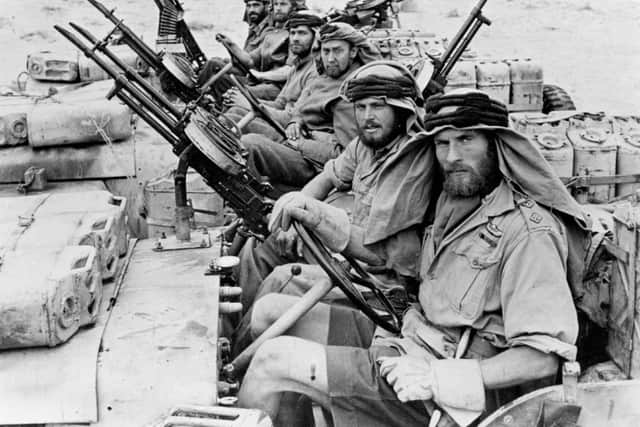

He found regimental life difficult to adapt to, and was deemed to be better suited to the commandos - a new force set up to undertake raids and reconnaissance operations. His unit was based in North Africa.
Stirling continued to struggle, particularly as many early Commando operations were cancelled, and faced a serious charge of ‘malingering’ at one stage - i.e. pretending to be ill to avoid duties.
Advertisement
Hide AdAdvertisement
Hide AdHowever, he was saved by a conversation with his comrade Jock Lewes (played by Alfie Allen in SAS Rogue Heroes) about the military potential of parachuting. The pair attempted an experimental jump, which resulted in Stirling suffering a serious injury to his spinal cord.


During his time in hospital, Stirling drew up plans for a parachute raiding force that would use stealth to carry out espionage missions behind enemy lines. Using his aristocratic credentials, he managed to get approval for the unit from the British military and started recruiting men from his now-defunct commando unit.
The group of just 67 officers became the first iteration of the SAS. Jock Lewes was given responsibility for training, while Stirling worked to overcome bureaucracy in British high command. By November 1941, the unit was ready to conduct its first military operations.
Its motto ‘Who dares wins’ was personally chosen by Stirling, who sent the troops on their first raid in Libya to destroy enemy aircraft. However, the operation was a disaster as the unit was launched into a storm - just 21 men out of the 55 who set out returned.
Advertisement
Hide AdAdvertisement
Hide AdThey changed tactics, and decided to rely on motorised vehicles to carry out speedy hit-and-run raids on enemy airfields. This strategy proved to be highly successful, and saw the unit destroy hundreds of aircraft between 1941 and 1943.
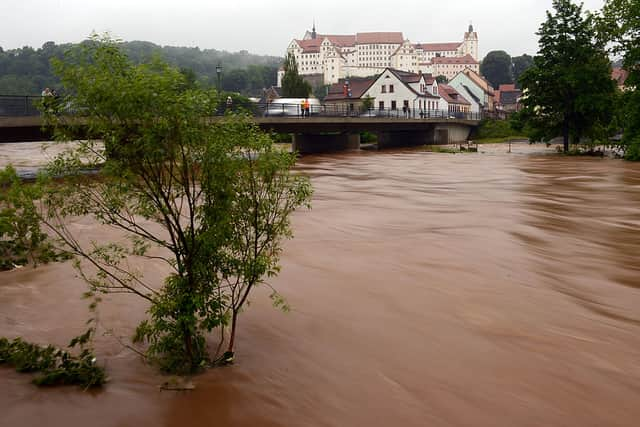

By September 1942, the SAS had received full regimental status thanks in large part to the work of David Stirling. He even got a moniker among German troops - becoming known as ‘The Phantom Major’.
So, when he was captured by the Axis powers in Tunisia in January 1943, they must have believed the SAS would be no more. But the unit continued to operate under the direction of Lieutenant Colonel Robert Blair ‘Paddy’ Mayne and Stirling’s brother, Lieutenant Colonel William Stirling.
What did David Stirling do after WW2?
David Stirling himself attempted to escape several times and soon found himself locked up in Colditz Castle in Germany. He remained there until the Nazis were defeated in 1945.
Advertisement
Hide AdAdvertisement
Hide AdAfter the war, he retired from the British military with the honorary rank of lieutenant-colonel. However, he soon set up a private military company that operated in the Middle East for Gulf State customers. One mission saw this military organisation attempt to otherthrow Colonel Gaddafi.
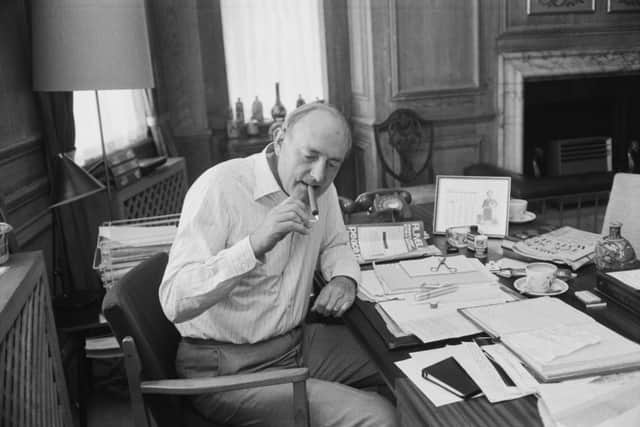

Stirling also launched an audacious bid to bring greater unity to the African continent.
But it was his work in the UK that proved to be the most controversial. Stirling set up GB75 - an organisation that would have intervened to keep order should the government have collapsed during the 1970s cost of living crisis.
The group had to be disbanded when it was revealed many members of the far-right had signed up to join it. Stirling also worked to undermine the trade union movement from within throughout the 1970s and 1980s.
He died in 1990 shortly after being knighted for services to the military. A statue of him stands on his family’s Keir estate in Perthshire.
Comment Guidelines
National World encourages reader discussion on our stories. User feedback, insights and back-and-forth exchanges add a rich layer of context to reporting. Please review our Community Guidelines before commenting.
